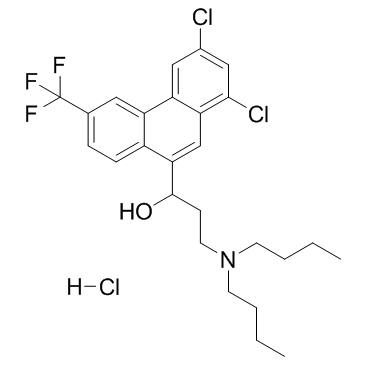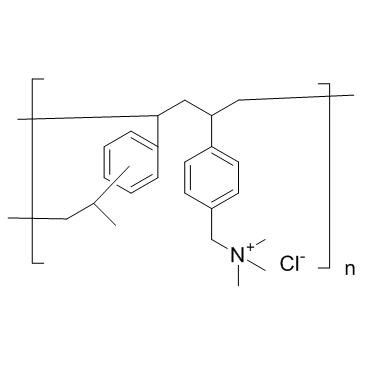| Structure | Name/CAS No. | Articles |
|---|---|---|
 |
Halofantrine hydrochloride
CAS:36167-63-2 |
|
 |
Colestyramine
CAS:11041-12-6 |